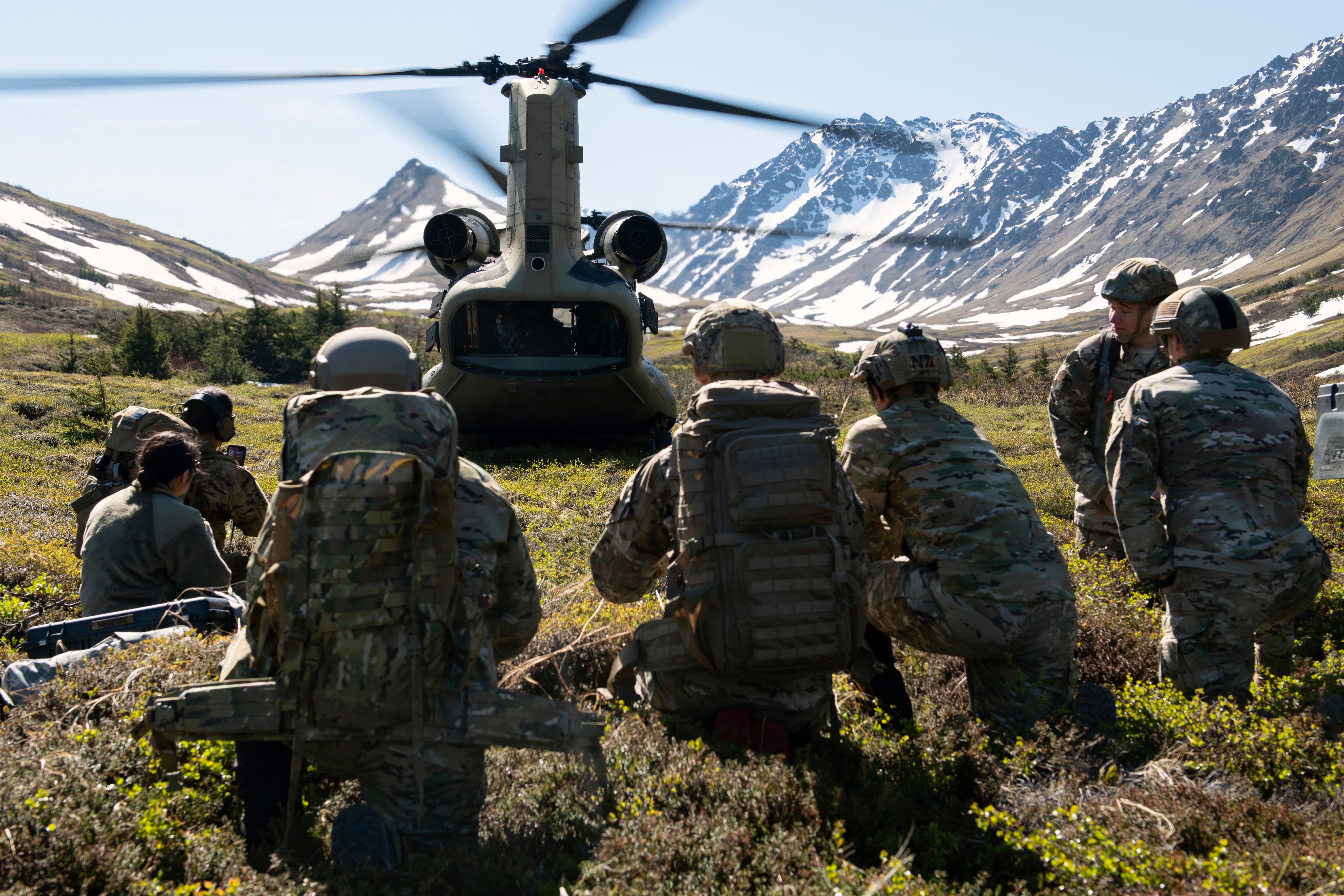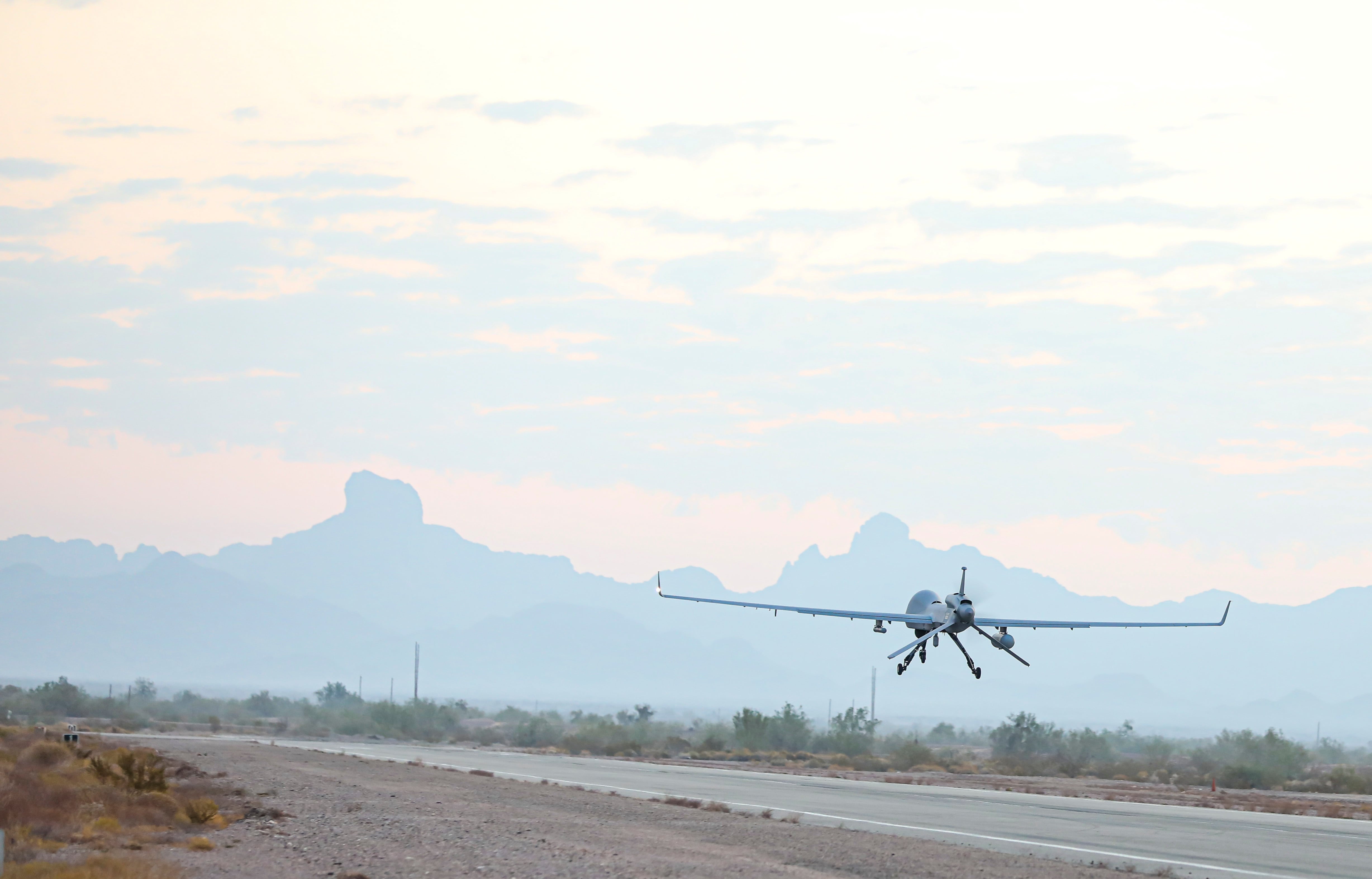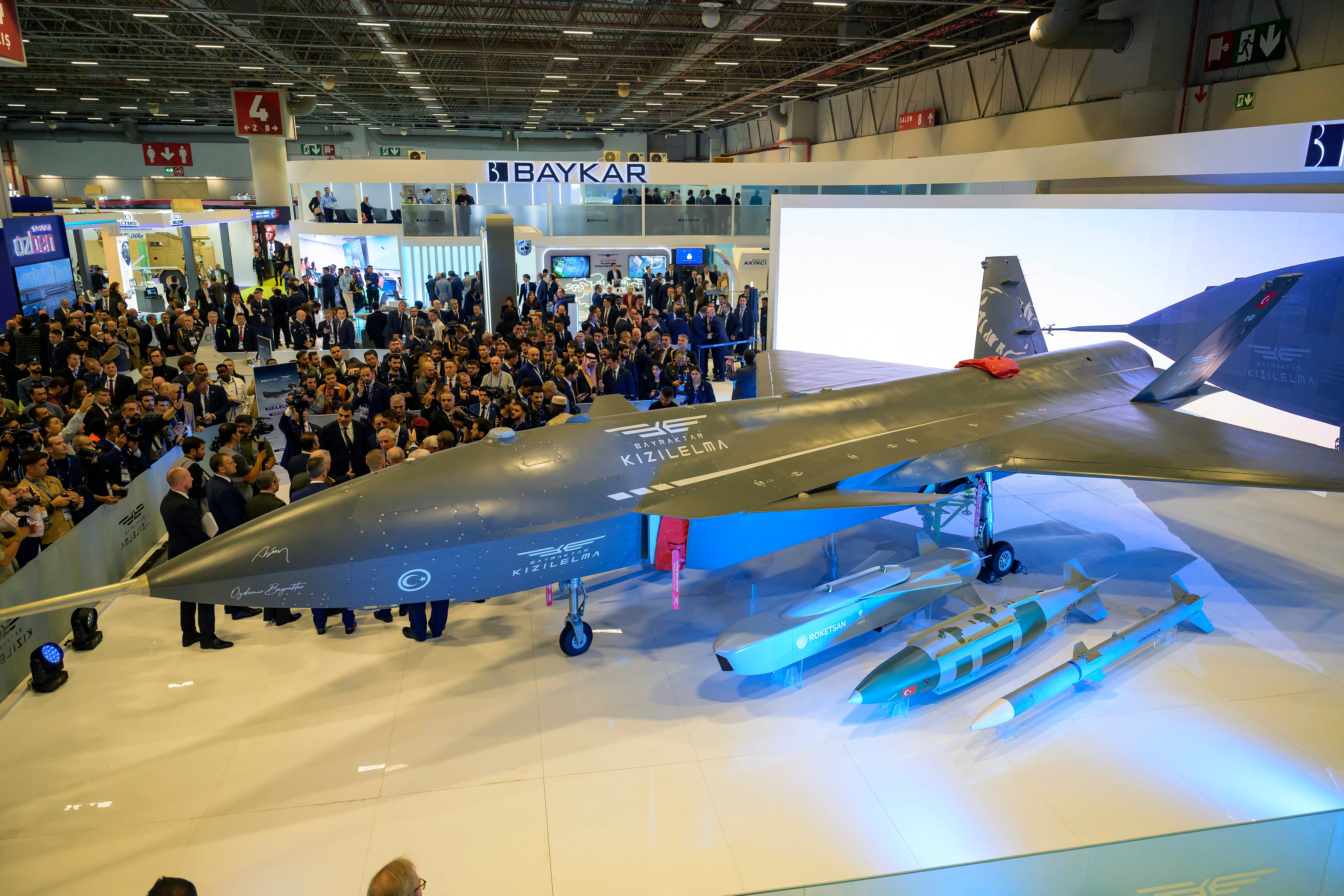WASHINGTON — The Joint Chiefs of Staff are hoping to provide more clarity and structure to the armed services’ individual efforts to develop Combined Joint All-Domain Command and Control with a new 60-page campaign plan, according to a U.S. Air Force official.
“The Joint Staff is putting together what they call a campaign plan for JADC2, and it’s a 60-page aggregation of all the testing opportunities that we’ve got across the services to try and figure it out in the sense of: How do we prioritize? Where do we test? How do we get after that? I think it for sure needs to be integrated, but it can’t be so ad hoc,” Maj. Gen. Dawn Dunlop said during the American Institute of Aeronautics and Astronautics’ Ascend conference Nov. 18.
As the director of operational capability requirements for the Air Force, Dunlop leads the service’s engagement with the Joint Requirement Oversight Council on requirements policy.
RELATED

Over the last year, CJADC2 (the “C” was recently added) has emerged as a top Pentagon modernization priority. The concept calls for the military to use emerging networks and artificial intelligence to connect any sensor to the best shooter, regardless of domain or service. While the services have made progress in building and demonstrating some of those capabilities, there remain serious questions about how CJADC2 will ultimately come together.
“JADC2 will fundamentally change how we fight as a nation. It will change how we organize, train and equip,” Dunlop said. “In order to get after that in a meaningful way, we have to come together and prioritize.”
One source of confusion to those on the outside is that the Pentagon has allowed each service to independently approach CJADC2. For the Army, that’s meant developing a new campaign of learning centered around an annual demonstration at Yuma Proving Ground called Project Convergence.
Meanwhile, the Air Force has focused its effort around the Advanced Battle Management System, with dozens of flexible contracts and on-ramp events held every few months to bring in new technologies and approaches.
The Navy, too, is taking its own approach known as Project Overmatch. And in between those main efforts are a number of smaller tests of technologies that tie into the CJADC2 framework.
In addition to those service-level efforts are the CJADC2 contributions made by other entities, such as the Space Development Agency’s work to build a space-based mesh network or the work performed by the National Reconnaissance Office to incorporate its data into the new framework.
For companies that have CJADC2-related solutions, it can be difficult to understand exactly where they fit in. Does a new AI data fusion capability make more sense for the Air Force, the Army, the Navy or a separate agency? More importantly, which of the various tests makes the most sense to participate in?
Those types of questions also extend to the services as they each look to integrate their capabilities with one another. If the Marine Corps wants to connect one of its F-35 fighter jets to an Army weapon system, should that capability be tested in an Advanced Battle Management System on-ramp event or during the next Project Convergence exercise? With each service taking a unique approach to development and testing, coordination is difficult.
The campaign plan in development would help address the problem, creating a single document where military leaders can see the CJADC2 testing opportunities coming up, regardless of service.
The services themselves are also making progress in their attempts to coordinate CJADC2 efforts. In October, the Air Force and the Army signed an agreement to collaborate on “mutual standards for data sharing and service interfacing,” and Dunlap noted that the Navy was interested in joining that accord. Additionally, the Joint Requirements Oversight Council is close to finalizing a memorandum pushing for a modern, open-system architecture across the services, which would be key to enabling data to flow seamlessly across the Pentagon’s enterprise.
“What we’ve understood is there’s multiple open architectures,” Dunlop said. “And what we need to do is pick a handful of the best within the department, make them understandable within the department, and then across services and with our industry partners.”
Nathan Strout covers space, unmanned and intelligence systems for C4ISRNET.








